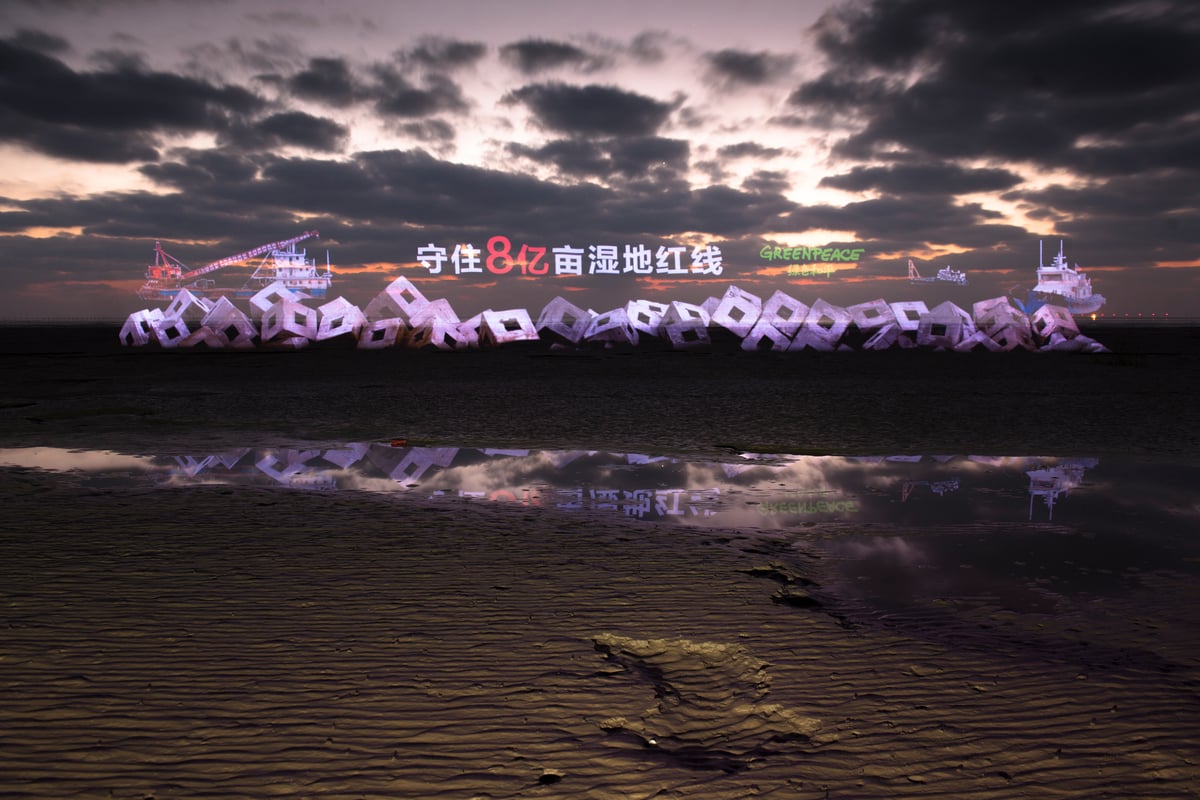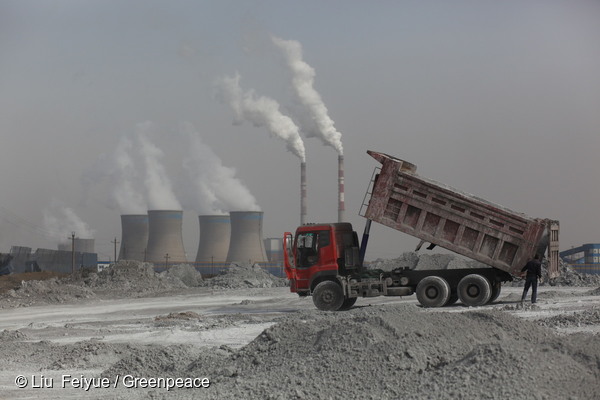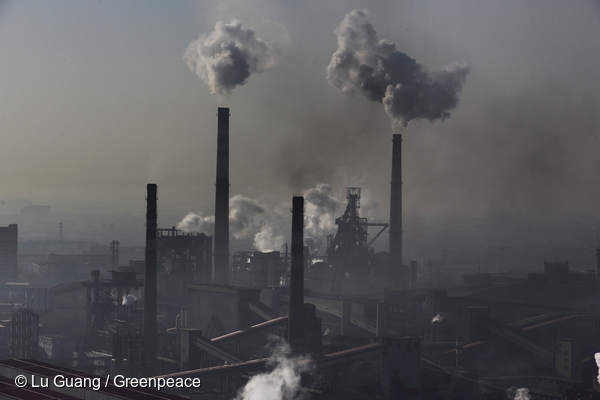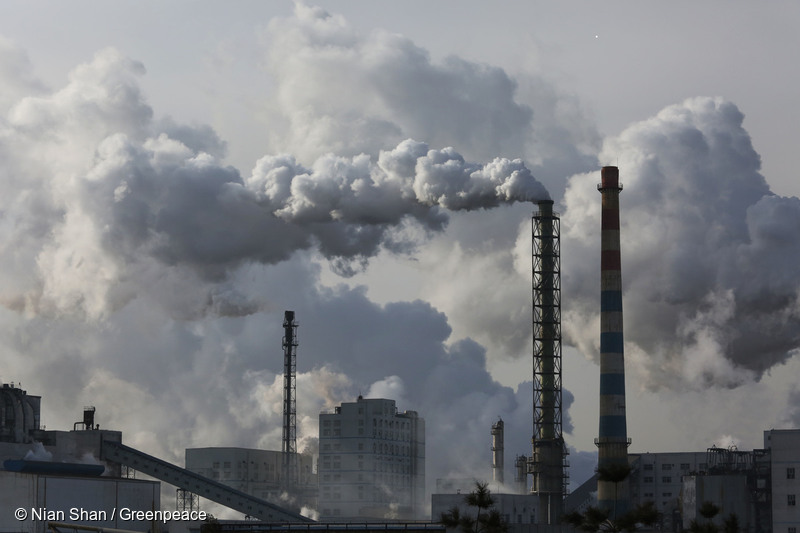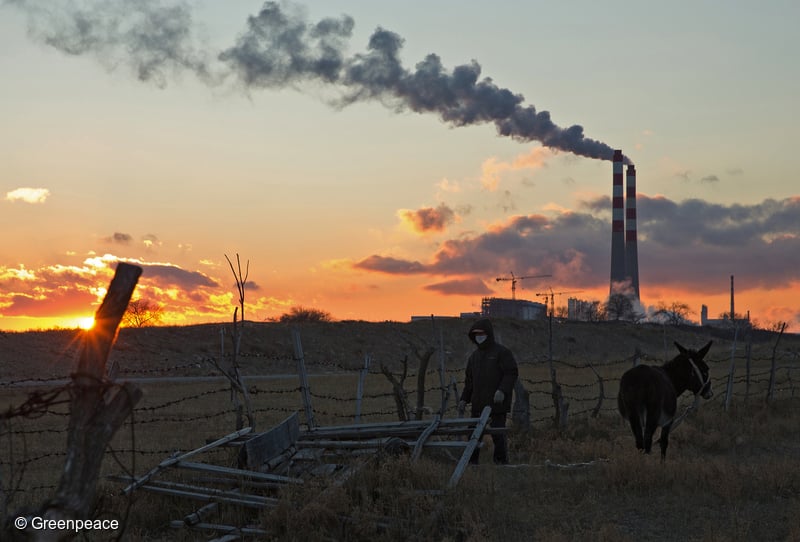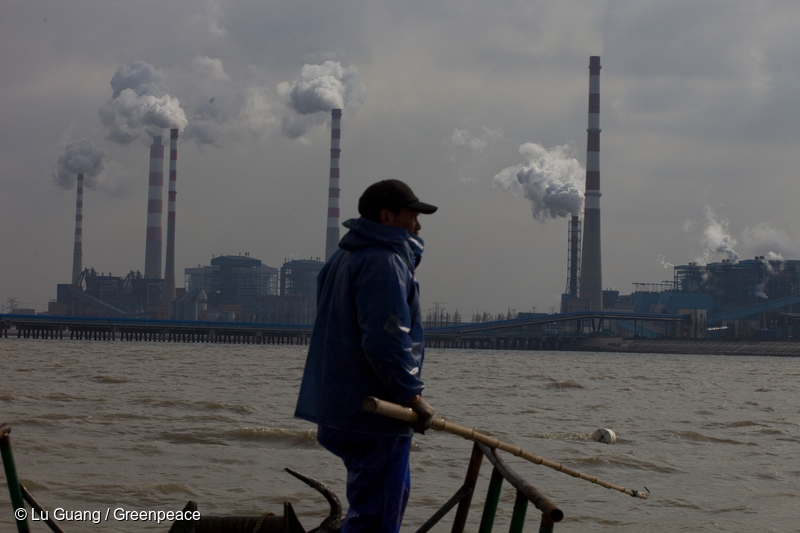All articles
-
Annual Report 2017
I'm delighted to be sending you our 2017 annual report. Over the last year, Greenpeace has gathered a powerful voice that crosses generations and knows no borders. It's carrying the message of our environmental mission, while we uphold our independence and impartiality in overseeing governments and corporations.
-
Jiangsu’s Vanishing Wetlands: Report
Based on fieldwork and satellite analysis conducted between March and November 2017, Greenpeace East Asia has identified immediate threats to Jiangsu’s wetlands, including to the habitat of the spoon-billed sandpiper.
-
Annual Report 2016
What makes us strong is you. You make our environmental work powerful. Here are some of the highlights from our campaigns in 2016. We hope you feel as inspired as we do.
-
How Repairable is Your Mobile Device?
How repairable is your mobile device? Greenpeace teamed up with iFixit to assess the repairability of best-selling smart devices.
-
Estimating Carbon Emissions from China’s Coal-to-Chemical Industry during the “13th Five-year Plan” Period
China’s coal-and-chemical industry has long been controversial for its high level of carbon emissions. In the recently released “13th Five-year Plan for Energy”, the coal-to-chemical industry was set a number of key construction regions. Meanwhile, global fossil fuel carbon emissions have seen a zero growth rate for three years in a row. The reduction in…
-
Media Update: Beijing PM2.5 carcinogen concentration falls as less coal burnt
Beijing, 14 November, 2016 - In 2013 Greenpeace East Asia, in collaboration with the Public Health Faculty of Peking University, reported that PM2.5 in Beijing contained levels of the heavy metal and group 1 carcinogen, arsenic, 3.85 times higher than the national standard.[1] The report also found worryingly high levels of two other carcinogens, cadmium…
-
Annual Report 2015
Greenpeace East Asia is proud to be part of a global network of independent Greenpeace organisations and we're delighted to report back on our work in this 2015 annual report.
-
Study on Economics of Coal-fired Power Generation Projects in China Report
After analyzing the thermal-power (coal-power) related phemonenon and data of the power sector in 2015, the mismatching of use and resources remains complex. With a 2.3% annual drop in thermal power generation and only 0.5% growth in total electricity consumption, the addition of installed capacity of coal-fired plants is incompatible with demand at 52,000 megawatts…
-
Boom and Bust 2016
The world has too many coal-fired power plants, yet the power industry continues to build more. While the amount of electricity generated from coal has declined for two years in a row, the industry has ignored this trend and continues to build new coal-fired generating plants at a rapid pace, creating an increasingly severe capacity…
-
How the Coal Industry is Aggravating the Global Water Crisis
In its Global Risks Report 2015, the World Economic Forum stated “water security is one of the most tangible and fastest-growing social, political and economic challenges faced today.”1 Out of all industrial production, the coal industry represents one of the greatest demands on fresh water resources. The entire coal supply chain, including extraction, washing, coal-fired…


